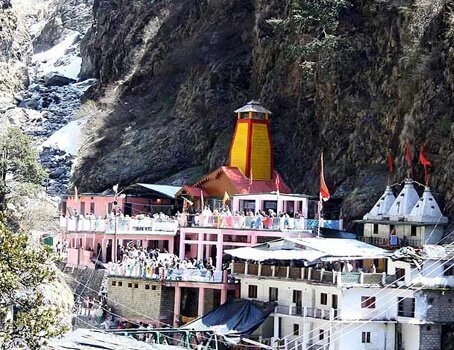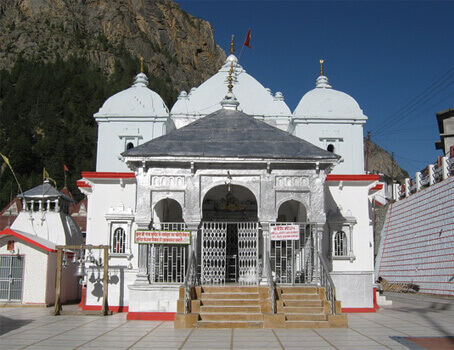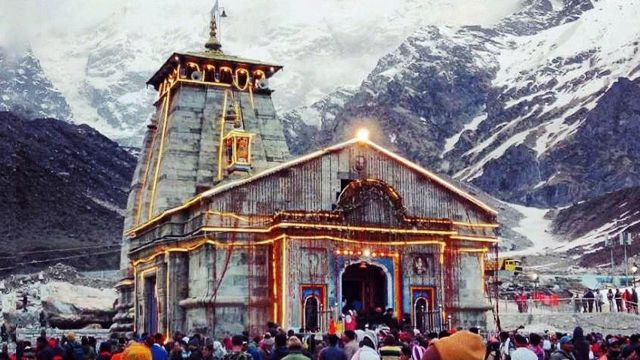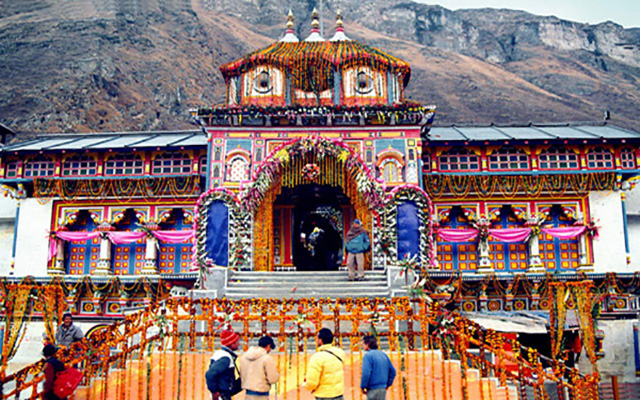Uttarakhand, popularly known as Devbhoomi or the Land of Gods, is home to several temples and welcomes worshippers all year. The Char Dham Yatra is one of the most important pilgrimage circuits in Uttarakhand, attracting a large number of devotees to the different religious sites that they visit. The word Char Dham refers to the four holy locations in the state of Uttarakhand: Yamunotri, Gangotri, Kedarnath, and Badrinath. These four locations are thought to be the abodes of gods and goddesses and are immensely important to Hindus.
These high-altitude shrines are closed for about six months each year, beginning with the arrival of winter (October or November) and reopening during summer (April or May). The pilgrimage is undertaken by thousands of devotees every year, who believe that a visit to these holy sites will wash away their sins and grant them salvation.
This year’s pilgrimage began on April 22, 2023, with the opening of the Gangotri and Yamunotri temples in Uttarakhand’s Uttarkashi region, and is scheduled to end on November 21, 2023. According to the schedule, Gangotri Dham opened at 12:35 p.m. and Yamunotri Dham at 12:41 p.m. Kedarnath’s portal launched on April 25 and Badrinath’s on April 27.
The Char Dham Yatra is typically thought to be performed clockwise. The pilgrimage begins in Yamunotri and continues to Gangotri, Kedarnath, and finally Badrinath. The journey can be completed by car or by air, with helicopter services being available. Some devotees choose a Do Dham Yatra, which entails a journey to two sites, Kedarnath and Badrinath.
Yamunotri:

On the western side of Garhwal Himalayas, in the Uttarkashi district of Uttarakhand, lies the holy place of Yamunotri located at an altitude of 3,293 meters, Yamunotri is the source of the Yamuna River. The main attraction here is the Yamunotri temple, which is dedicated to the goddess Yamuna. The temple opens on the auspicious day of Akshaya Tritiya in May and closes on Yama Dwitiya (the second day after Diwali) in November.
Gangotri:

Gangotri Dham, located at the height of 3,100 meters (approx.) on the Himalayan range in Uttarkashi district of Uttarakhand, and is the source of the Ganga River. holds a very special place in the hearts of Hindus. The main attraction here is the Gangotri temple, which is dedicated to the goddess Ganga. The temple opens on Akshaya Tritiya and tentatively closes on Diwali.
Kedarnath:

Kedarnath is one of the 12 Jyotirlingas and is devoted to Lord Shiva. It is located at an elevation of 3,583 meters. The Pandavas are thought to have built this temple during the Mahabharata period. After Akshaya Tritiya, the temple opens and tentatively closes on Bhai Dooj.
Badrinath:

Badrinath is devoted to Lord Vishnu and is located at an elevation of 3,133 meters. The main draw here is the Badrinath temple, which is thought to have been founded in the 8th century by Adi Shankaracharya. The temple opens following Akshaya Tritiya and closes on Vijayadashami.
The Char Dham Yatra is a physically challenging excursion that includes high-altitude trekking. As a result, it is critical to approach this adventure with correct planning and preparation. The Uttarakhand government has taken many precautions to ensure pilgrims’ safety and comfort throughout the yatra.
“It is important for the devotees to register themselves before travelling to Chardham Yatra and Hemkund Sahib. To ensure a smooth journey, the Uttarakhand government has set up a capping to the number of daily travellers,” says the official website, asking everyone to check the validity on the portal and complete the registration before travelling at registrationandtouristcare.uk.gov.in.
In light of the difficult journey, the following health measures are advised for a comfortable and safe pilgrimage by the Uttarakhand government
*All pilgrims should proceed for Yatra after a thorough health check-up.
*People with pre-existing illnesses should carry adequate supplies of prescribed medicines along with prescriptions and contact details of their respective physicians.
*Senior Citizens, people with comorbidities, and those who have suffered from COVID-19 in the past should consider postponing or not undertaking the pilgrimage.
*The travel itinerary should include at least one day’s rest before reaching the final pilgrimage site.
*Please carry adequate quantities of woollen/ warm clothes.
*Patients suffering from heart diseases, respiratory ailments, diabetes, and hypertension should be extra cautious while undertaking travel to high altitudes.
*In case you notice symptoms that include headache, dizziness, drowsiness, chest tightness, nausea, vomiting, coughing, fast breathing, and increased heart rate, please seek medical attention immediately or contact the 104 and 108 helplines for assistance.
*Avoid consumption of alcohol and other drugs and refrain from smoking.
*To protect skin from sunlight, sunscreen with SPF 50 may be used.
*Sun glasses may also be used to protect eyes from UV rays.
*Keep yourself well hydrated and avoid travelling on an empty stomach.
*Take frequent breaks during trekking/walking.
*Avoid strenuous exercise at high altitudes.
*In case of emergencies, Helpline numbers [108 – National Ambulance Service and 104- Uttarakhand Health Helpline] can be contacted.
Here are some travel tips for the mountain routes in Uttarakhand.
Dos:
*It is mandatory to get your vehicle(s) registered.
*The driver should keep a list of all the passengers sitting in the vehicle.
*Give way to vehicles going uphill on mountain roads first.
*The driver should keep all the valid documents of the vehicle, and keep an extra stepney.
*You must get a green card from the transport office before travelling.
*Be sure to honk on the turns on the mountain roads.
*While parking the vehicle, usage of the hand brake is a must. Parking should be done at the designated place only.
*Carry proof or a scanned QR code with you.
Don’ts:
*Do not drive on mountain roads before 4 am and after 10 pm.
*Do not overtake on the road turns.
*Do not drink and drive.
*Do not travel sitting on the top of the vehicle.
*Do not litter dirty clothes and polybags.
*Do not use private vehicles for commercial purposes.
Source:IE







 Finance
Finance







